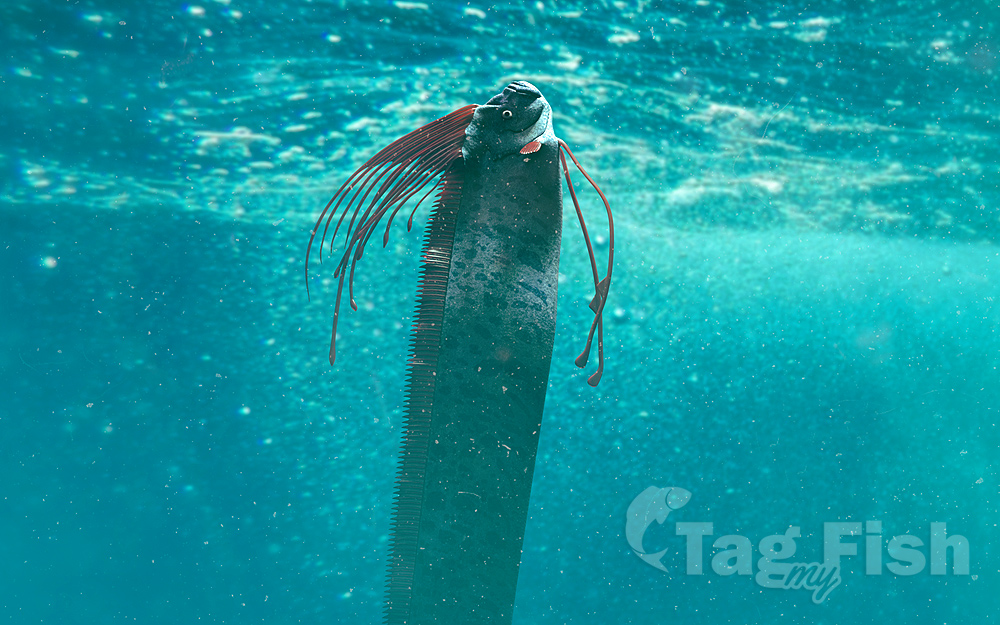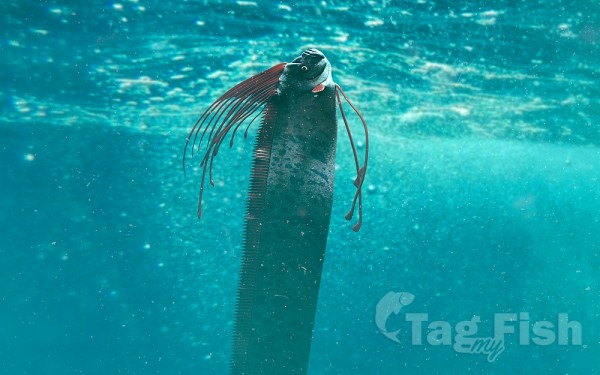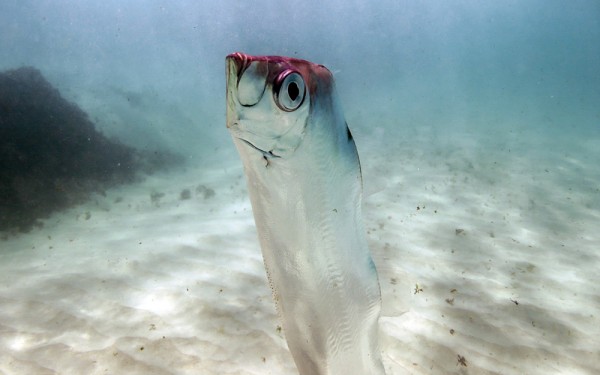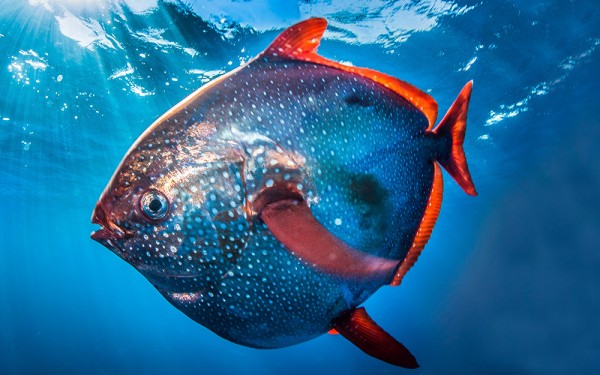Lampriformes - Lamprids

Description
Members are collectively called lamprids (which is more properly used for the Lampridae) or lampriforms, and unite such open-ocean and partially deep-sea Teleostei as the crestfishes, oarfish, opahs, and ribbonfishes. A synonym for this order is Allotriognathi, while an often-seen, but apparently incorrect, spelling variant is Lampridiformes. They contain seven extant families which are generally small but highly distinct, and a mere 12 lampriform genera with some 20 species altogether are recognized.
Description and ecology
These oceanic fishes are pelagic feeders that stay well above the sea floor, and normally occur in waters 100–1000 m deep. They are typically brightly coloured as adults, often with brilliant crimson fins. Lampriforms have highly variable body forms, but they are generally laterally compressed. Some are rounded in lateral view, while others are very elongated. They vary greatly in size, too, ranging from less than 30 cm (12 in) in the sailfin moonfishes (Veliferidae) to Regalecus glesne, the longest of all living bony fishes, which may reach 17 m (56 ft) in length.
The lampriforms have 84 to 96 total vertebrae; an orbitosphenoid bone is present in some members of this order. Their premaxilla completely excludes the maxilla from the gape, but the jaws are highly protrusible, nonetheless. The upper jaw’s protrusion is achieved in a unique way: the maxilla, instead of being ligamentously attached to the ethmoid and palatine, slides in and out with the highly protractile premaxilla.
The pelvic fins have up to 17 rays and are placed rather far toward the front of the animal, but they can be missing entirely. The dorsal fin is long and tends to extend along most of the length of the body. Fin spines are absent in all. Some have a physoclistous gas bladder, while others have none. They either have tiny scales or naked skin.














